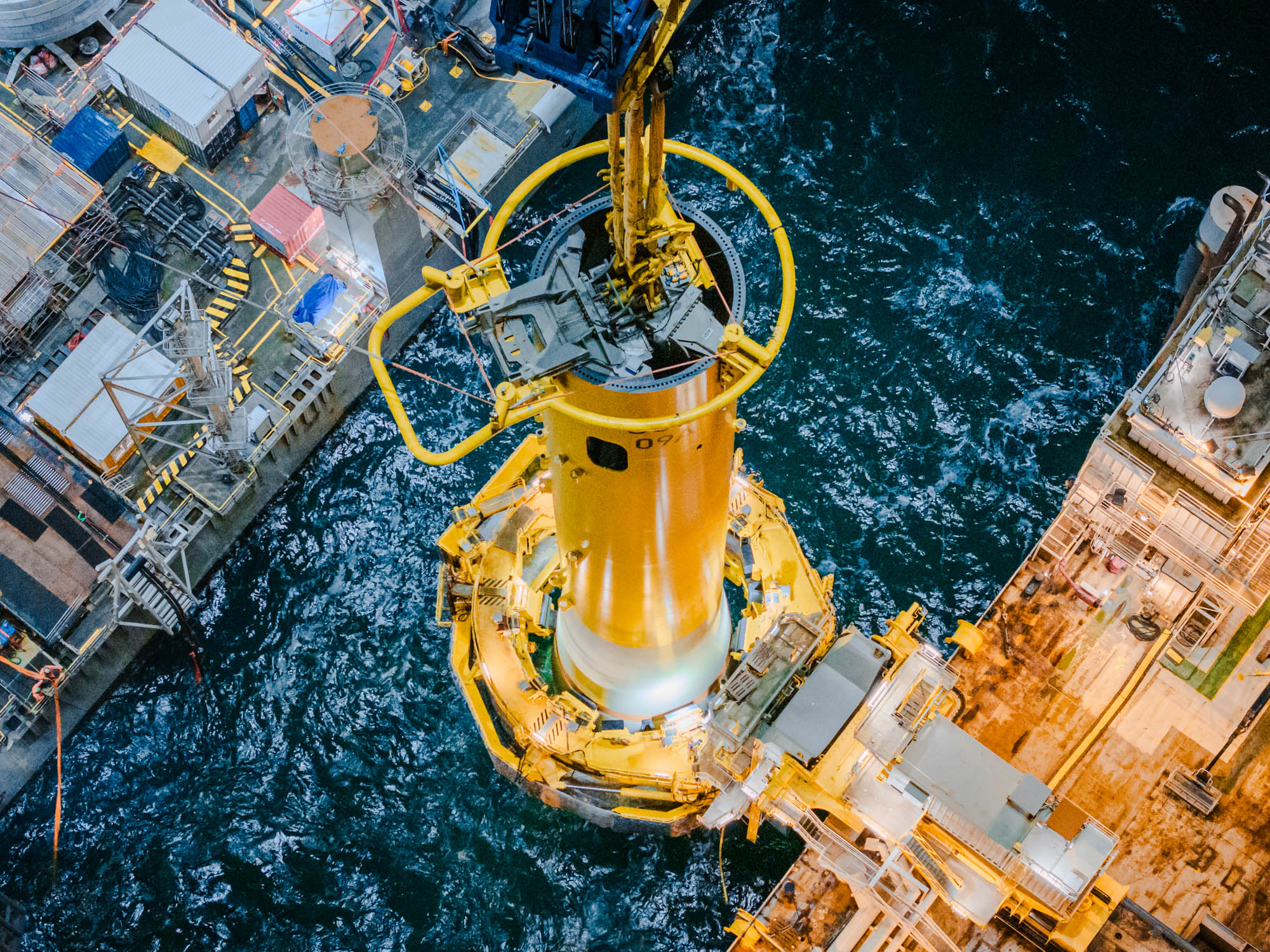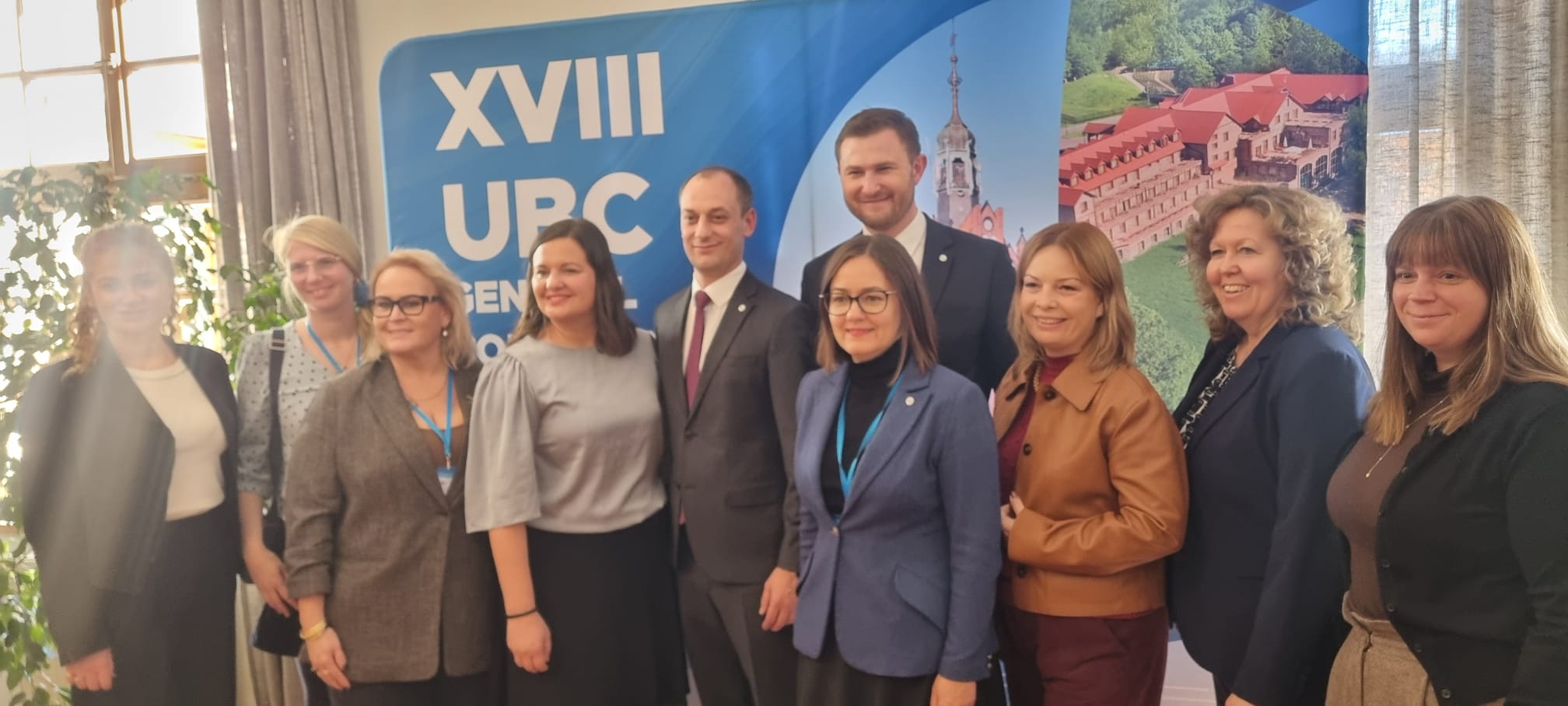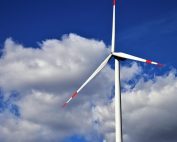In light of growing challenges of the energy transition, the Baltic Sea region is becoming a key area for offshore wind energy development in the European Union. International cooperation, coordinated by the European Commission and supported by numerous regional and inter-state initiatives, plays a fundamental role in this process.
Below, we outline the main initiatives and responsibilities initiated at EU level to activate cooperation in the development of offshore wind energy in the maritime areas of Member States, including the Baltic Sea, which, alongside the North Sea, is the main basin for offshore investment.
OVERVIEW OF MAIN INTERNATIONAL DECLARATIONS ON OFFSHORE WIND ENERGY IN THE BALTIC SEA REGION
- Baltic Offshore Grid Initiative (2020) – an initiative in which transmission system operators from the Baltic countries pledged to cooperate for a Baltic Sea offshore grid. The signatories of the initiative were the transmission system operators: Fingrid from Finland, Svenska kraftnät from Sweden, Energinet from Denmark, 50Hertz from Germany, Elering from Estonia, AST from Latvia and Litgrid AB from Lithuania. In addition, Statnett from Norway is participating as an observer.
Details: https://elering.ee/en/tsos-agreed-strengthen-cooperation-future-offshore-grid-baltic-sea
- Marienborg Declaration (2022) – a commitment by the heads of government and energy ministers of the eight EU Baltic Sea countries to build 19.6 GW of OWE capacity by 2030, a significant increase compared to the 2.8 GW of installed capacity at the time of signing.
Details: https://www.regeringen.dk/aktuelt/tidligere-publikationer/the-marienborg-declaration/
- Vilnius Declaration (2024) – an agreement by the energy ministers of the Baltic States to cooperate closely in securing critical offshore energy infrastructure.
Details: https://enmin.lrv.lt/media/viesa/saugykla/2024/4/AEcC4FexKdY.pdf

MAIN ACTIONS – IDENTIFIED IN THE EUROPEAN WIND POWER ACTION PLAN
The European Wind Power Action Plan, adopted by the European Commission in 2023, identifies concrete steps to be implemented at the Baltic Sea Region level:
- An agreement for each of the five EU sea areas – including the Baltic Sea, for which countries were to set targets for the development of OWE by 2050, with indications of intermediate milestones by 2030 and 2040. The EU’s Trans-European Networks for Energy (TEN-E) guidelines regulation indicates that such agreements had to be concluded by 24 January 2023 by the Member States, with support of the European Commission and within their specific priority offshore grid corridors (…), taking into account specific characteristics and development of each region. For the Baltic Sea, the countries collectively declared a development plan of 22.5 GW by 2030.
The countries relied on their national energy and climate plans (NECPs). While this gives consistency with strategic documents, it makes it difficult to provide more up-to-date data if they are not yet officially included in these plans. In Poland, for example, a total of 18 GW of offshore wind power is already planned by 2040, based on the auction schedule written into the amended Offshore Act.

Poland provided values resulting from PEP2040, but did not include data from the auction calendar from the Offshore Act, according to which 17.9 GW of offshore wind capacity should be created by 2040. So far, Poland has not adopted an offshore wind target for 2050 (hence the 2040 target has been entered).
By 24 December 2024, and every two years thereafter, countries are to update their agreements. However, these are not legally binding documents.
Details: https://energy.ec.europa.eu/system/files/2023-01/BEMIP_non-binding_offshore_goals_final.pdf
All agreements for the 5 EU offshore areas are available at: https://energy.ec.europa.eu/news/member-states-agree-new-ambition-expanding-offshore-renewable-energy-2023-01-19_en
- Development plans for a strategic, integrated offshore grid for each sea basin. These result from the revised TEN-E Regulation, were developed and published, inter alia for the Baltic Sea, by the European Network of Transmission System Operators for Electricity (ENTSO-E) in January 2024 in cooperation with:
- relevant transmission system operators,
- national regulators,
- countries,
- and the European Commission
in accordance with the aforementioned agreements for offshore areas. These are to be updated every two years as part of an EU-wide ten-year network development plan.
The above-mentioned plans are also referred to in the revised RES promotion directive (RED III), which was agreed on in autumn 2023. It indicates that countries should establish cooperation on joint offshore or onshore RES projects with at least one Member State by the end of 2025. By the end of 2030, countries should aim to establish at least two joint projects, and by the end of 2033, countries with annual electricity consumption exceeding 100 TWh (of which Poland is one) should also establish a third joint project. The identification of offshore wind projects should be consistent with aforementioned strategic integrated offshore grid development plans for each sea basin.
Subsequently, ENTSO-E will combine the grid development plans with spatial planning information for these areas. They will then propose strategic integrated offshore grid development plans, providing investors with an insight into what grids can be expected in each sea basin by 2050.

- Facilities for cross-border offshore wind projects within the Trans-European Networks for Energy (TEN-E) infrastructure projects:
- facilitating permitting for hybrid offshore interconnectors,
- increasing access to support from the EU’s Connecting Europe Facility (CEF) for energy,
- cross-border cost-sharing guidelines to implement offshore grid development plans in sea basins – these are also referred to in the EU Action Plan for Grids of November 2023. After prior consultation, the Commission should provide guidance to Member States and national regulators in mid-2024,
- support for the implementation of projects through the creation of unique focal points for offshore grid projects.
Furthermore, in 2023, dedicated OWE projects were, for the first time, included among the main categories of so-called Projects of Common Interest (PCIs). They represent key cross-border infrastructure initiatives that create connections between the energy systems of Union countries. As such, they benefit from:
- accelerated planning and permitting,
- lower administrative costs through streamlined environmental impact assessment processes,
- the right to apply for CEF funding.
The first list, which was published in November 2023, includes the Latvian-Estonian ELWIND hybrid connection project and the Bornholm Energy Island, which is a hybrid connection project between Denmark and Germany.
National Maritime Spatial Plans
Coastal states in the EU have submitted national plans to the European Commission before 31 March 2021 under the framework for maritime spatial planning. These plans:
- identify marine areas designated for energy production,
- are to ensure the coordination of preparations in an environmentally sound manner for OWE investments and other maritime activities, including fishing, shipping, tourism or defense,
- are to be coherent with the NERP.

Going forward, the European Commission plans to work on the preparation of regional Maritime Spatial Plans – including the Baltic Sea plan.
The Commission has also established an ‘MSP Platform’ so that countries can exchange experiences and knowledge on maritime spatial planning and dialogue with stakeholders. They address the resolution of possible disputes with the navy, the tourism industry, the fishing industry or maritime transport. The EC has prepared guidelines on this matter as well as on cross-border cooperation.
Details: https://maritime-spatial-planning.ec.europa.eu/msp-eu/introduction-msp
According to the Renewable Energy Directive revised in 2023, countries should allocate space for offshore renewable energy projects in their Maritime Spatial Plans. To facilitate the permitting of joint projects, Member States should:
- reduce complexity and increase efficiency and transparency of the permitting procedure,
- strengthen cooperation between each other,
- and establish a single point of contact, where appropriate.
In order to increase public acceptance, Member States can involve energy communities in joint offshore renewable energy projects. Furthermore, the RED III Directive also brings significant changes to the permitting process. It indicates, among other things, the need to establish so-called Renewables Acceleration Areas (RAAs), where the permitting process is to be accelerated to:
- two years for offshore
- one year for other RES
- three years for RES outside these zones.
As the above summary indicates, the development of offshore wind energy in the Baltic will increasingly be subject to the need for EU coordination and international cooperation. Declarations such as the Baltic Offshore Grid Initiative, the Marienborg Declaration and the Vilnius Declaration set ambitious goals, while the European Wind Energy Action Plan and a number of EU legislative acts provide the legal and institutional framework for achieving these goals, enabling the development of an integrated offshore grid and facilitating cross-border offshore wind projects. These initiatives will play an extremely important role as the Baltic Sea, alongside the North Sea, is becoming a major area for offshore investment.
Source: Energy Forum Report, Paweł Wróbel, ‘Race against time. When will offshore wind energy enter the game?” [„Wyścig z czasem. Kiedy morska energetyka wiatrowa wejdzie do gry?”], Warsaw 2024, https://www.forum-energii.eu/offshore-stan-gry













